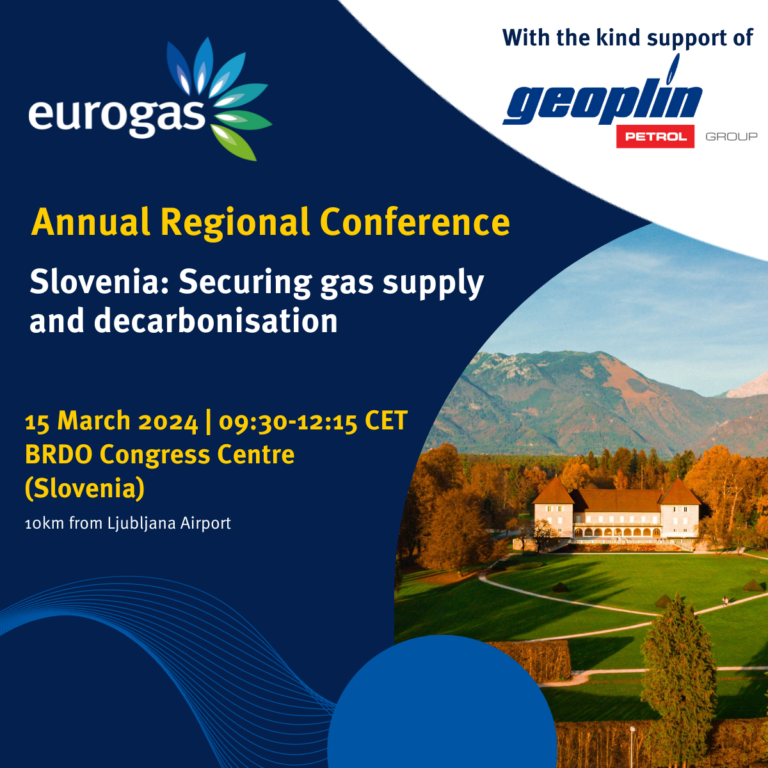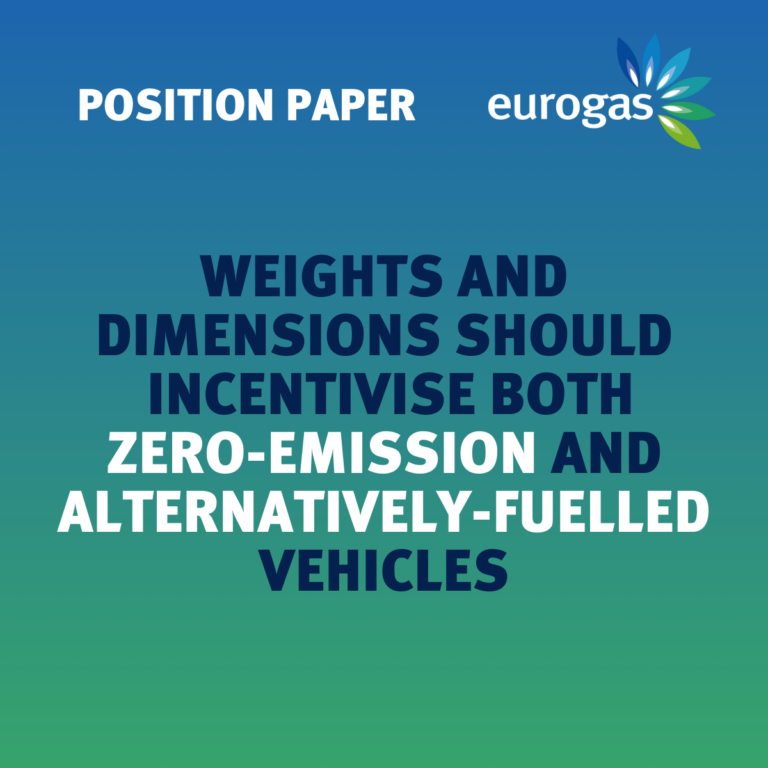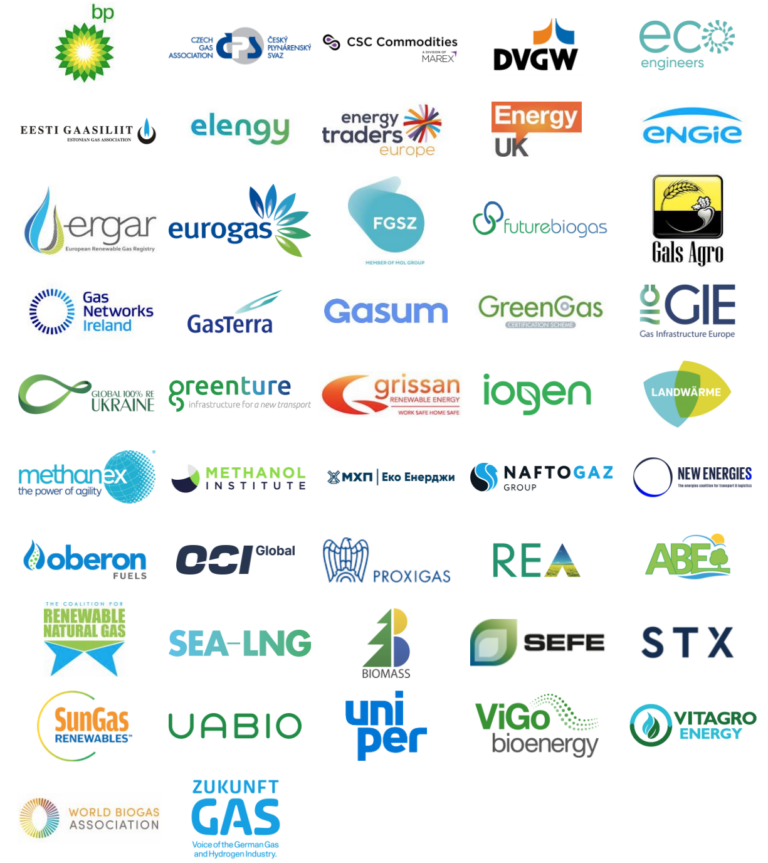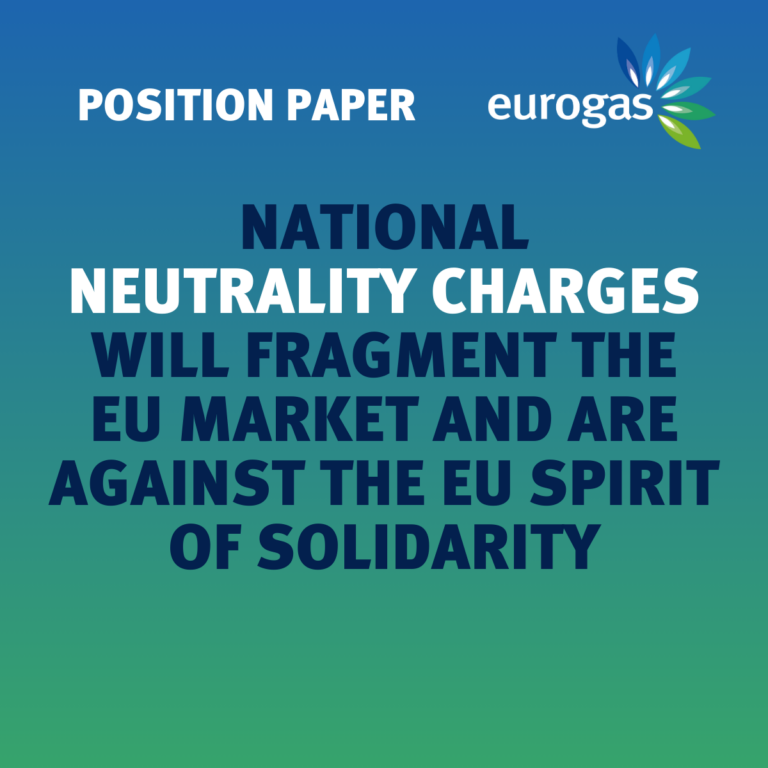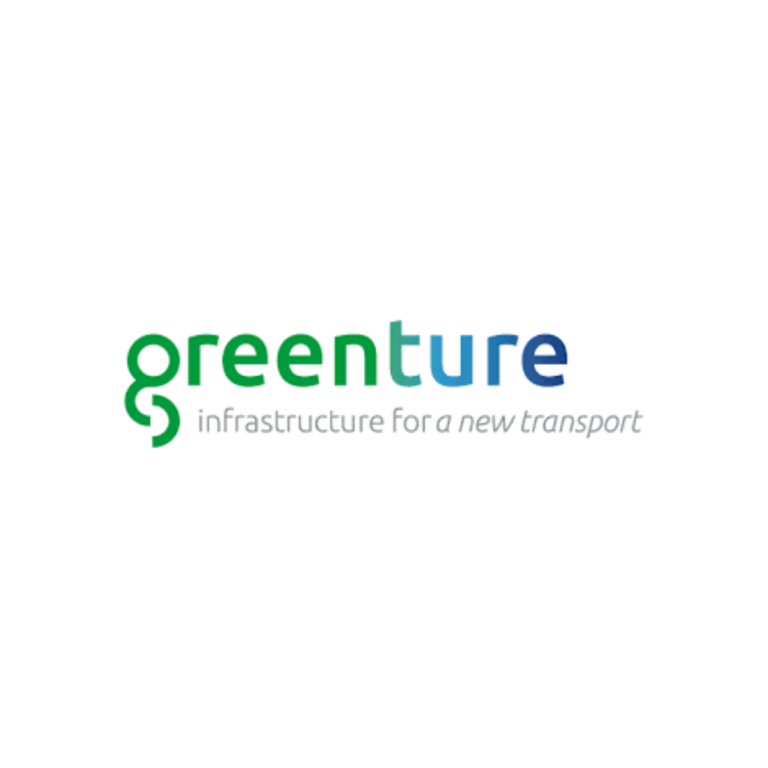
Editorial – Eurogas Secretary General James Watson
Dear members and readers,
To our friends, members, and readers,
Plato said, “to begin is the most important part of any quest, and by far the most courageous.”
As we start this year in the unusual and ongoing context of the Covid-19 pandemic, here at Eurogas we remain enthusiastic about the quest that is to come. Overall, 2021 will be a year focused on delivering a new framework of policies that will shape the future of the EU gas market, and the future of European energy systems. It will set in motion the delivery of climate ambitions we share, carbon neutrality by 2050 and at least 55% reduction in carbon emissions by 2030. It’s going to be a very interesting year to work in European energy policy.
Since taking office a little over a year ago, the European Commission has demonstrated itself to be the most progressive for energy and environment we have ever seen, and it has consulted extensively on climate related policies.
Four flagship consultations are taking place as this issue of Molecules is published, with the Emissions Trading System, Energy Efficiency, Effort Sharing and Renewable Energy Directive consultations all closing in the first few days of February. From there, we will rapidly approach the enormous legislative package referred to as ‘Fit For 55’ that is expected in the middle of the year.
Eurogas believes firmly that this new framework can deliver the objectives of Europe on climate change, as long as a multi-energy approach is maintained. To do that we need to find the right ways to recognise the role of gaseous fuels today and in the future.
To this end, we fully support a decarbonisation programme for the gas sector, calling for targets of 20% GHG emission reduction in gaseous fuels in 2030 compared to 2018. This should be underpinned by a renewable gas target of 11% in demand by 2030.
But we won’t do all this alone. As Plato also said, “good actions give strength to ourselves, and inspire good actions in others.”
In this regard we are pleased that our position is supported by the European Biogas Association and just days ago, the TSO consortium Gas 4 Climate also echoed our call on renewable gases. We now call on other progressive organisations to rally to this banner and support an active and progressive decarbonisation programme for gaseous fuels used in the EU.
We will also begin an important project in this regard, working with our friends in the trade unions – IndustriAll and EPSU, as well as the European Commission DG EMPLOY. This project will assess the impact of the energy transition on the workers in the gas sector and produce a report looking at the opportunities that the transition brings, as well as identifying the areas where skills and training are needed to support communities through the energy transition.
Furthermore, Eurogas starts the year with the highest ever number of members, having been joined by Picarro in Switzerland and Attiki in Greece. We warmly welcome our new members as they join us for this exciting stage of the journey and look forward to working together with them. We certainly believe they will bring us strength and knowledge to support a truly pan-EU just energy transition.
With so much ahead of us, and with much work already to get on with, here at Eurogas 2021 has well and truly begun!
Best,
James
Guest Opinion Editorial: New Eurogas Member Picarro on Methane Technology
The launch of the Portuguese Presidency of the Council of the EU this month brings with it a renewed momentum for the EU to forge a green and digital recovery. One of the Presidency’s key priorities will be to ensure the continued transition towards carbon neutrality for 2050, and help finalise the EU’s Climate Law. While industry is rallying behind the call, the path to be set should see the gas sector contributing to the objective in a cost-effective manner which upholds its competitiveness in the EU.
Gas – natural, renewable and decarbonised – will be essential for the success of the energy transition and for building the carbon-neutral society of the future. Moreover, unlocking the decarbonisation potential of the gas sector requires the rapid development of not only a supportive policy framework, but also innovative technology.
Like all levels of the gas value chain the distribution system operators take their responsibilities in relation to methane emissions seriously and actively seek to reduce any such emissions from their grids. Such emissions can be categorised into three different sources:
1) Intrinsic emissions, for example due to corrosion and permeation;
2) Incident emissions, such as accidents that happen e.g. during road-works; and
3) Operational emissions, such as venting, purging and decommissioning of pipelines. (Please see footnote below for reference.)
Picarro is a leading provider of solutions for measuring greenhouse gas (GHG) concentrations, trace gases and stable isotopes across many scientific applications, along with the energy and utilities markets. The company has developed a hardware-enabled software and analytics solution that provides actionable tools and methodologies to identify methane sources and quantify their emissions as part of a holistic Asset Management of the natural gas infrastructure.
In addition, since Picarro measures and locates such emissions, it is able to quantify and pinpoint the small subset of emissions – the super-emitters – that are significant.
Starting in 2018, Italgas has been one of the first gas distribution utilities in Europe to fully adopt the Picarro technology, resulting in a significant improvement to the safety and sustainability of its operations. Picarro Asset Management’s advanced digitalisation of operational processes allowed the leading Italian gas distributor to achieve a more accurate emissions estimate across its network, and to report significant emission reductions.
Responsibly managing and improving the accuracy of the national inventory reports is undeniably crucial to bettering the quality of the data. Harmonising the quantification and reporting methodologies (specific for the gas sector, covering all the different types of methane emissions and the entire gas value chain) is also very important. This would allow for the gas industry to better account towards the GHG reduction commitments it makes, and increase investor confidence in the long-term viability of the gas network.
The time is ripe therefore for Picarro to join Eurogas, in order to help move towards these common objectives. Not only is the Council Presidency progressing with the climate-neutrality agenda, but the EU Methane Strategy will ultimately lead to legislative proposals on the matter from the European Commission. Together, we can improve the measurement and analysis of the emissions, and advance the 2050 climate-neutrality objectives.
Footnote: Methane Emission Estimation Method for the Gas Distribution Grid (MEEM), Final Report, June 2018
Ensuring A Just Transition: Co-Hosted by MEP Dennis Radtke (EPP) & MEP Agnes Jongerius (S&D)
On 16 December 2020, MEP Dennis Radtke, for the European People’s Party, and MEP Agnes Jongerius for the Socialists and Democrats group, co-hosted an event on this joint initiative, inviting stakeholders to a constructive discussion on how to build a strong social Europe, and a ‘Just Energy Transition.’
It is clear that the energy transition to climate neutrality by 2050 will deeply affect Europe’s regions, cities and citizens. Both positive and negative impacts will be felt keenly, but particularly by some sectors and some workers. This difference has been exacerbated by the COVID-19 pandemic, and further increased the need for an adequate social agenda to ensure that the energy transition does not deepening the social divide.
In a joint statement at the end of November, the European social partners in the gas industry, including EPSU, IndustriAll Europe and Eurogas underlined the importance of ensuring a Just Transition that guarantees quality jobs for Europe’s people and that no regions are left behind.
The full recording of the event is available below.
The Trans-European Networks for Energy: TEN-E An Overview
As the Von der Leyen Commission was closing in on its one year anniversary – and was still working at full speed to ensure a strong regulatory framework is in place to deliver on its Green Deal – a flagship policy was also published: The TEN-E. Short for the Trans-European Network for Energy, it intends to ensure adequate infrastructure is in place to deliver on the EU’s objectives.
While the TEN-E already has delivered on many of its targets, for example those related to security of supply (SoS), interconnectedness of electricity and gas markets, as well as competitiveness, the ‘sustainability aspect’ of TEN-E has been the subject of a thorough review.
As a result, a proposed update in TEN-E rules puts sustainability as a pre-requisite for any project, and requires either SoS, market integration, or competition to be improved in addition to this.
Moreover, new categories have been put forward as well. Natural gas and electricity highways have been removed, and in their place is a focus on the digitalisation of power and gas grids and the development of hydrogen and CO2 grids, along with an emphasis on facilitating the rollout of electrolysis units and the connection of offshore wind capacity and ocean energy.
The inclusion of DSOs, with some caveats to be clarified, and the focus on digitalisation and hydrogen, along with the need to support additional renewable and low-carbon gas injection in the network, provides ample opportunities to ensure a cost-efficient transition for citizens in our view.
Indeed, while the natural gas grids category has been removed (and all fast switches from oil and coal to gas in EU countries should be supported) the decarbonisation pathways for certain countries rely on a move away from more carbon-heavy fuels, towards future proofing infrastructure for renewable, decarbonised and low-carbon gas.
This solution, along with the digitalisation and the repurposing of existing infrastructure to guarantee higher renewable and low-carbon gas uptake under the same regulatory umbrella can ensure that a pathway to climate neutrality is feasible across the EU.

